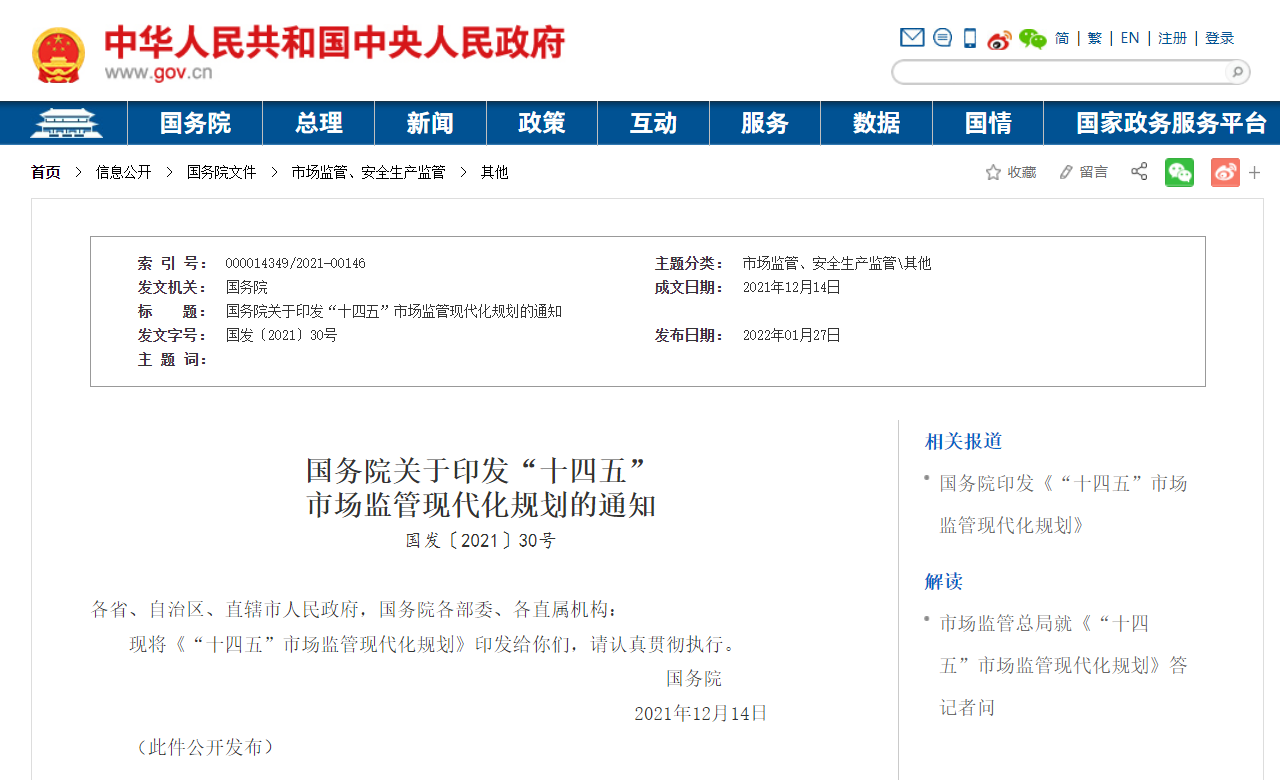China’s State Council on January 27 published the Notice on the Plan to Modernize Market Regulation during the 14th Five-Year Plan Period (《国务院关于印发“十四五”市场监管现代化规划的通知》). The notice officially announces the cancellation of government funding for patent and trademark application filings, as the chief administrative authority attempts to protect and propel Chinese companies’ innovation by squeezing out non-market factors to a greater extent.

The China National Intellectual Property Administration (CNIPA) on January 27, 2021 announced in the Notice of the CNIPA on Further Strictly Regulating Patent Application Behavior (《国家知识产权局关于进一步严格规范专利申请行为的通知》) the end of all patent subsidies by 2025. Subsidies for patent application filings and other stages of the patent prosecution process (e.g., requesting exam) would end by June 30, 2021. Only subsidies for granting of patents (including foreign patents) were allowed for now but local governments must cancel them by 2025.
Subsidies have been an important driver in jump-starting the Chinese patent system. However, they have unintendedly led to the proliferation of junk patents and abnormal patent application behavior. Bad faith applicants have been assisted in filing patents by patent agencies to profit from subsidies exceeding patent filing fees. In this way, valuable patents have been deprived of chances of thriving.
The Chinese government has long been aware of the warped incentive system created by its patent subsidies, and has for years attempted steps at remedying it. Finally, the Chinese government has announced the complete phasing-out of all existing patent subsidies. This change comes within what appears to be a larger shift in China's IP policy.
For over a decade, China's stated policy goal has been to improve both the quantity and quality of its domestic patent holdings and commercialization. The government's subsidy incentive structure favored quantity, perhaps at the expense of quality. Now, policy changes around China's incentive structures signal a concerted effort to refocus on quality rather than quantity, where the central and local governments may use incentives to drive the direction of IP development rather than the speed of its growth.









